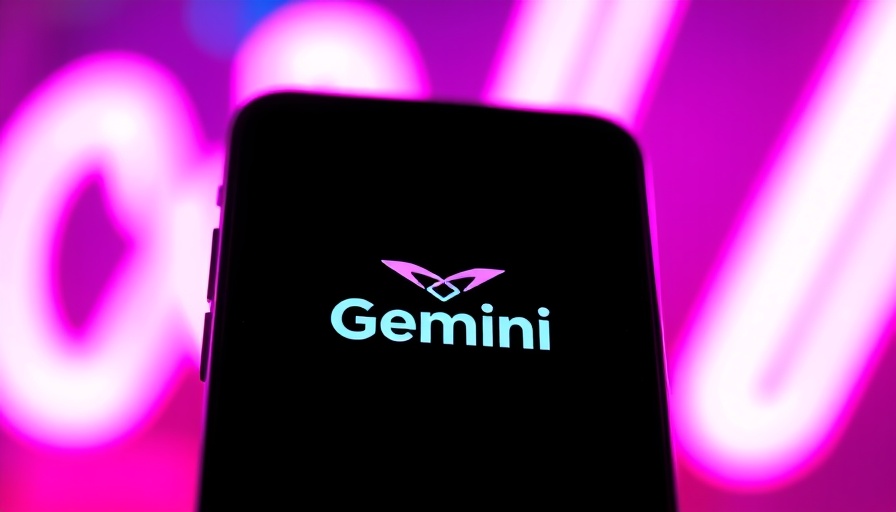
Major Changes Coming to YouTube's Mid-Roll Ads
YouTube, the popular video sharing platform, is rolling out significant updates to its mid-roll ad placement process, effective May 12, 2025. This change will have a vast impact on creators looking to balance viewer experience with revenue generation. As parents who monitor what their children watch online, it's crucial to understand how these shifts might affect the content they consume and how ads are served.
What Are Mid-Roll Ads?
Mid-roll ads are advertisements that air during video content, specifically after the video has started but before it ends. These ads can be very effective for both creators and advertisers, provided they are placed correctly. Currently, creators have the option to place mid-roll ads manually or allow YouTube’s system to automatically insert them. However, parents should be aware that not all ad placements are created equal—some can be much less intrusive than others.
Improved Ad Placement for a Better Viewing Experience
The upcoming updates aim to show mid-roll ads at more natural breaks in the content, like scene transitions or pauses, which better respects the flow of the video. This approach is designed to enhance viewers' experiences, reducing interruptions that can lead to frustration and abandonment of the content. As parents, if kids are watching their favorite shows or learning through videos, fewer interruptions can lead to a more pleasant and uninterrupted viewing experience.
Monitoring Interruptive Ads
YouTube’s new features will introduce tools that will help creators identify when their ads are interruptive. This is especially important because, according to YouTube’s findings, channels that enable this feedback receive a 5% increase in ad revenue compared to those relying solely on manual placements. Understanding the ad landscape can help parents choose content that's better curated for their children without annoying ad breaks.
The Dual Approach: Manual and Automatic Ad Placement
In a noteworthy shift, YouTube is offering creators the option to combine both manual and automatic ad placements. This hybrid system allows creators to select their ad placements while also letting YouTube’s detection system identify additional natural breaks. This flexibility ensures creators can optimize their content effectively. For parents, knowing that creators can tailor their ad placements means that kids' viewing experiences may be about to get much less disruptive.
Impacts on Revenue and Creator Strategies
The financial implications of these updates are significant. Channels that have been spaced out by fixed intervals may face decreased revenue if they do not adapt to the new system. Creators are urged to check their manual placements with the new feedback tool to optimize ad performance. Understanding these strategies can be beneficial for parents who are invested in the content their kids are consuming. Knowledge of ad placement could lead to a more fruitful and less intrusive video-watching experience for children.
What Should Parents Do?
As these updates take effect, parents should encourage young content creators or family members interested in becoming creators to familiarize themselves with the new tools available in YouTube Studio. Understanding how to strategically place ads can enhance both revenue and viewer experience. This educational angle can serve not only to foster creativity but also to instill a sense of responsibility in children about how and when advertisements are shown. If your child is navigating the digital world, these insights can empower them to create engaging content while optimizing their viewer engagement.
In conclusion, with the upcoming improvements to mid-roll ad placements on YouTube, this can significantly enhance the viewing experiences of young audiences. By prioritizing natural breaks and reducing interruptions, ad placements will be less disruptive. Keeping abreast of these updates will ensure parents can make informed decisions about the content their children engage with. Now is the perfect time for parents to dive deeper into how these changes can not only affect the viewing experience but also the advertising landscape on the platform.
As YouTube rolls out these changes, ensure that you keep your children updated with healthy online habits and discussions about advertisement placements and content flow.
 Add Row
Add Row  Add
Add 




Write A Comment